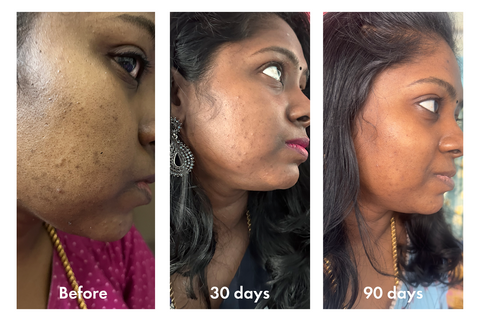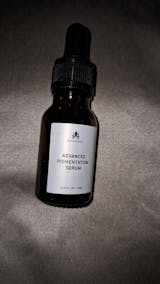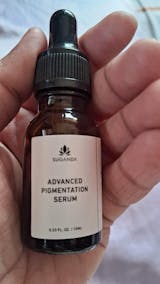Pigment is nothing but colour. Hyperpigmentation is excessive color. The dark circles under your eyes from pulling frequent all-nighters, sunburn and suntan from a vacation at the beach, and dark patches on your underarms from excessive sweating are all examples of hyperpigmentation on the skin.
Pigmentation’ is a simple umbrella term (varying from dark circles to acne scars to tanning to freckles that cause the skin to appear uneven) that refers to any issue affecting the colouring of your skin.
So, where does skin colour come from?
Our natural skin colour is determined by genetics, and then there are other factors that can cause the cells in the skin responsible for producing melanin (melanocytes) to over-produce or under-produce. It can affect all skin types and all ages today.
Causes of Pigmentation
The reasons behind the darkness on the skin vary from one area to another on your body or face. Pigmentation can occur by friction, skin injury, heat, excessive acne, inflammation, and stress. Some popular reasons are sun exposure, hormonal issues, sweat, use of harsh skincare products, etc. They can also differ based on your lifestyle, eating habits, or health conditions.
But did you know irritation is one of the primary reasons for skin pigmentation?
When the skin is irritated, it induces inflammation and produces more melanin.
- Dry skin leads to inflammation & irritation
- Acne causes inflammation & irritation
- Sun exposure causes radical damage & inflammation
- Insect bites and cuts
- Hot wax
You can start your pigmentation treatment by keeping your skin hydrated and moisturised as often as required.
Before we jump in to see what to use for pigmentation, let us understand the types of pigmentation.
Types of Pigmentation
We can categorise them based on 2 types of treatment approaches:
- Mild Pigmentation (dark spots & tan)
Dark spots resulting from acne or our skin may look like tan marks from sun exposure or some unevenness in color. Ingredients that help to reduce mild pigmentation are antioxidants like Vitamin C & Niacinamide.
Retinol will help increase cell turnover and reduce the marks. If you are pregnant or lactating, you can use Azelaic Acid.
Recommended Suganda Routine for Mild Pigmentation:
AM – Antioxidant Serum + Total Defence Sunscreen
PM – 5% Niacinamide Serum + 2% Granactive Retinoid Serum
AM & PM – Squalane Ceramide Moisturiser
☀️Always use sunscreen as the final step in your AM routine.☀️
- Stubborn Pigmentation (dark spots & dark patches)
Melasma is an example of stubborn pigmentation.
Solution - Sunscreen + Tyrosinase Inhibitors + Retinoid
Ingredients that help are Arbutin, Tranexamic Acid, Acetyl Glucosamine along with antioxidants, Retinol & Niacinamide
Recommended Suganda Routine for Stubborn Pigmentation
AM - Advanced Pigmentation Serum + Total Defence Sunscreen
PM - 2% Granactive Retinoid Serum
AM & PM - Squalane Ceramide Moisturiser
☀️Always use Sunscreen as the final step in your morning routine.☀️
This routine reduces Melasma, works on age spots & helps improve skin barrier health.
In addition, you can start with The Golden Trio - Vitamin C, Retinoid & Niacinamide. Try adding a strong pigment inhibitor like Arbutin and use exfoliators like AHA or BHA on alternate days to help exfoliate dead skin cells (that cause pigmentation).
Pregnancy-safe Actives for pigmentation are Azelaic + Niacinamide serum and Antioxidant serum.








 +91 9347578980
+91 9347578980
